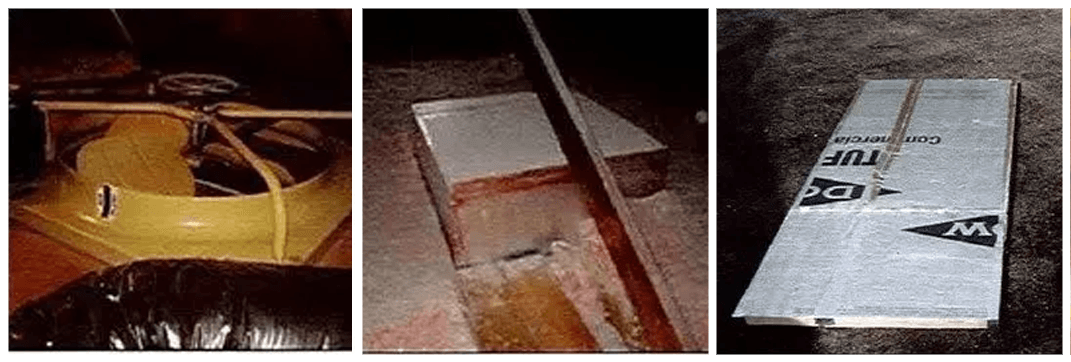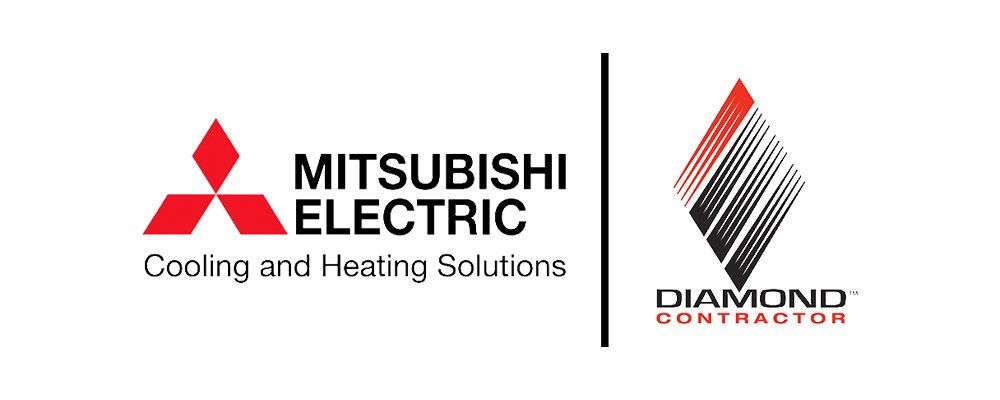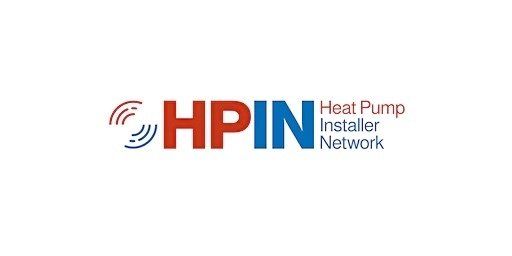GRAHAM BUILT CORP: (781) 924-5229 · EAST COAST MINI-SPLITS & HEAT PUMPS: (781) 288-8808
Job Descriptions
Weatherization Techniques
Get to know the type of air sealing and insulation services that Graham Built Corp provides.
Job Descriptions
Weatherization Techniques
Get to know the type of air sealing and insulation services that Graham Built Corp provides.
Air Sealing

Top Plates & Joists: Top plates must be sealed on all sides, along their entire length. Be sure to seal where the top plate crosses joists and strapping. Exterior wall plates at soffits and gables should be also sealed if accessible. Note the electrical penetration that also needs sealing in the left hand photo.

All masonry chimneys, metal flues, and heat sources must be sealed using fireproof caulking and metal flashing. Combustible materials must maintain proper clearance. This includes kitchen fan ducts. Note that the bottom of the joist next to the chimney is sealed with foam at a proper clearance.

The plumbing wall or wet wall leaks large amounts of warm, moist air, and should always be sealed.

All plumbing, stack pipe and electrical penetrations must be sealed.

Bath fans, AC boots, and any other mechanical penetrations must also be sealed.

All access doors and hatches, including knee wall accesses, must be weather-stripped with q-Ion, securely stapled, and backed with a bead of clear caulk.

Recessed light boxes are not part of standard air sealing. But if circumstances ever require them, we follow these steps to construct a program-approved air-tight box.
After placing the box over the light fixture, check your measurements again to verify 3" clearance.
Once the box has been fitted, seal the bottom and sides with foam, inside and out. Lastly, lay a bead of foam along the top edge and place the top onto the box.
Note: The top of the box can have no thermal properties. Insulation cannot be installed over the box unless lights are IC rated as confirmed by a licensed electrician sign-off.
Boxes must conform to several program and code requirements:
The box must maintain 3" clearance from the light fixture on all sides including the top.
The top of the box must be non-combustible, non-insulation (sheetrock).
The top of the box should be made higher than surrounding insulation levels to prevent insulation from covering the top.
The sides of the box must be made with program-approved materials.
Boxes cannot be covered with any insulating material without an IC rated sign-off.

Whole house fans are large sources of air leakage, and you may be asked to build an insulated, airtight box over the fan. The following instructions are what CSG has found to be most effective and practical.
Measure the fan in the attic and cut rigid fire rated foam insulation board for the sides of the box. Make sure your sides are tall enough to fit above the fan.

Pull-down stairs should be treated with airtight fire-rated insulated boxes. Boxes must sit flush over the opening to maintain an airtight seal. They must also include a gasket on the bottom perimeter, a strap or latch closure so the box can be tightened down and be a minimum of R-13. All gaps and cracks in the framing must also be sealed. Seal all edges of the pull-down with foam or caulk, and all edges of the added carpentry with latex or silicone caulk.
Let the foam and caulking dry before setting the attic stair cover down.

Dropped soffits, usually found in bathrooms or kitchens, are often open in the attic, and may contain recessed lights.
Openings should be sealed with approved materials, and applied securely enough to support the weight of any added insulation. Strapping may be required for any gaps wider than 24" apart. Note: recessed lights can be covered in this case. Proper clearance must be maintained over and around all heat sources within the dropped soffit area.

Be aware of air sealing opportunities in knee walls. Bath fans, wet walls, top plates, chimney chases and other penetrations should be sealed if accessible.
If the knee wall transition is exposed and accessible, it should be sealed with rigid foam board, reflectix or another approved air-sealing material. Cardboard is not approved.
As with attic hatches, all knee wall hatches must be weather stripped as part of air sealing or hatch treatment unless the knee wall is inside the thermal envelope.

Unless otherwise noted on the air sealing work order, highest priority should be given to the sill plate and rim joist area, where air leaks in from outside.
All other accessible exterior penetrations should be sealed, such as oil intake pipes and electrical penetrations.
If the thermal and pressure boundary are determined to be at the basement ceiling, major leakage areas including plumbing penetrations, tub cut-outs, heating registers, open wall plates and electrical penetrations should be sealed.

Unless otherwise noted on the air sealing work order, highest priority should be given to the sill plate and rim joist area, where air leaks in from outside.
All other accessible exterior penetrations should be sealed, such as oil intake pipes and electrical penetrations.
If the thermal and pressure boundary are determined to be at the basement ceiling, major leakage areas including plumbing penetrations, tub cut-outs, heating registers, open wall plates and electrical penetrations should be sealed.

All accessible dirt floors in crawlspaces must be covered with a 6 mil vapor barrier before any other work gets done. Seams should overlap, and the barrier should extend one foot up all side walls. Seams and edges should be sealed.

You may need to block an overhang that leaks air directly into the living space. Openings should be blocked with approved materials and be able to support dense packing.

Description Title
Areas where plumbing penetrates exterior walls and should be sealed if time allows.

Weather stripping for exterior doors - will be included as separate line items on your work order. The contractor will verify if door kits and sweeps are needed when completing blower door testing as part of air sealing.
Note: Contractors can add additional qualifying door kits and sweeps to the work order without calling the Hotline for approval, providing the total number installed in the home is 3 or less. More than 3 door kits and sweeps installed in the home would require the contractor to call the hotline for approval.
It's Easy To Get Started.
Please complete the short form below and we'll contact you to schedule your NO-COST energy audit. We'll uncover low-cost/no-cost ways to lower your energy bills.
Send Us a Message
We appreciate you contacting us. One of our colleagues will get back in touch with you soon!
Have a great day!
Please try again later
Save 75% On New Insulation!
See what rebates and incentives you might qualify for.
Call Today
(781) 924-5229
"We used the Mass Save insulation program. We were extremely pleased from the first phone call into the office to the time of completion. Each and every one of the staff were polite and professional. We highly recommend them."
- Patricia Pendenza, Google Review
Attic Insulation

Blown cellulose must be level throughout the attic. Final settled depth must match the depth on the Work Order.
Attic fiberglass must be cross-batted, perpendicular to any existing batts, with no air gaps between layers or double vapor barriers.
Floored attics that have air sealing opportunities located underneath must be dense packed. Any flooring removed must be securely fastened back in place, and if holes are drilled, they must be plugged with wood plugs (below).

Damming must be provided around all heat sources, storage platforms, accesses etc. Damming must be at least as high as the surrounding insulation and must permanently maintain proper clearance from heat sources.
The following must be dammed:
Storage areas
Floored walkways
Bath fans
Drip pans
Access hatches
Chimneys/flues
Recessed lights
Whole house fans
Air handlers
Other mechanical equipment
When using fiberglass for damming, batts must be laid flat -not on edge where it might fall and placed without gaps that may let cellulose through.
Damming heat sources: 3" clearance is required around all heat sources including recessed lights, bath fans and chimneys and double-walled metal flues. 6" is required for single walled flues, and kitchen exhaust ducts. Insulation cannot be blown over any types of recessed light.
Pre-existing insulation inside the clearance area should also be removed when damming the fixture.
Air Handlers and other mechanical equipment must be carefully dammed to prevent any cellulose from coming into contact with the unit. Be sure to clean out AC condensate drip pans.
Damming material can be fiberglass batts, metal flashing, carpentry or rigid insulation. Rigid damming must be securely fastened to framing members to prevent it from falling over. Attic access hatches must be dammed with fiberglass. No rigid material is allowed for safety reasons.

Pipes in attic spaces will be tented when possible to prevent the pipes from being cut off from the heated area and freezing.
Clean out any insulation under the pipes. Build up fiberglass beside the pipe and lay a batt down over the pipe. Insulation can then be blown over the tent. Call CSG whenever pipes are discovered that are not addressed in a Pipe Disclaimer.

3.5" fiberglass batts are normally recommended for kneewalls. This area is also often treated with rigid insulation board with a thermal barrier (below) when possible.
All seams with framing and between boards including tops and bottoms of the foam boards must be sealed.

The knee wall slope and gable end wall can be insulated with fiberglass before rigid insulation board is added, or dense cellulose can be blown in. Fiberglass insulation left exposed must be un-faced.
2" rigid insulation board with a thermal barrier rated for use in knee wall spaces is used to cover the fiberglass or enclose the cavity for cellulose. It should be attached with 2 W' screws and fender washers. All seams should be foamed or taped with metal tape.
The rigid insulation board can be drilled through after installation and cellulose densepacked behind it when recommended.
When the knee wall slope is called to be brought inside the thermal envelope, the insulation board should be brought all the way down if possible to block the soffit area (left), and all the way up to block the attic slope area (right).

Unvented attic slopes will be dense packed either from the attic or knee wall, or by interior drill and blow if the slope is too long to be effectively insulated from those areas.
The slope must have at least four inches of space between the roof sheathing and any existing insulation in order to be dense packed. A fiberglass batt will be used to block the opening at the knee wall to prevent cellulose from spilling out.
Accesses

Attic and knee wall accesses are treated with weather stripping and 2" rigid foam insulation board with thermal barrier. The foam board should be screwed into the hatch, with fender washers to hold the board in place, and exposed edges taped with metal tape. All hatched and doors to unconditioned areas must be weather stripped and made airtight as part of any thermal measure.
Temporary accesses must be repaired using sheetrock of the same thickness as the surrounding wall and be patched with a single coat of joint compound.
Roof vents should never be installed on the front of the house. Vents should be evenly spaced across non-visible areas of the roof, within 4 feet of the ridge. Never at the bottom of the roof slope.
12" roof vent providing 1 sq ft of ventilation.
All vents should be properly cut so that the full-sized opening is clear. Vents should never straddle roof rafters. Vents that are installed incorrectly will not be eligible for payment.
8" roof vent providing .35 sq ft of ventilation

Soffit vents openings must be cut to the full, correct size before the aluminum vent is put on. Louvers should face into the house (above).
Vent chutes must be installed for all open soffits for the full width of the rafter bay (24" on center will need two vent chutes per bay.) Fiberglass blockers (wind baffles) will be installed at the bottom of each vent chute to prevent wind wash and insulation from blocking the soffit vents.
Insulation should be blown to the same level all the way out to the exterior wall top plate. Tapering is not allowed.

Bath fan vented to roof flapper.
Insulated hose must be used at all times and secured to the roof jack with a zip tie.
Note: a loop or trap is recommended to be left at the bottom of the insulated hose to help prevent any water from running back into the fan. If venting a bath fan through the roof is not practical, CSG may ask you to vent it to a gable wall flapper or to the soffit. Note: If a bath fan can't be vented, you cannot insulate. Contact the contractor hotline whenever this is encountered.
Wall Insulation

The site should be prepared with lead safe precautions.
You may be asked to block balloon framing. This can be done by stuffing a fiberglass batt into the wall cavity or blocking the area with reflectix.

Wood shingles are scored at the top and snapped off with a pry bar.
Clapboard and shingle are scored at a 45-degree angle at the top and removed in one piece whenever possible.
Vinyl and aluminum siding should be carefully unzipped, the nails at the top of a course removed, and the entire piece taken off. Bending the course upwards risks unnecessary breakage. If any face nailing will be required to secure these types of siding, the customer must be notified beforehand.

Holes will be drilled between all studs, cross-braces and firestops.
Lead safe rules must be followed. Painted siding must be removed, or HEPA vacuum attachments must be used to drill through painted surfaces.

The preferred method of dense packing is to use a fill tube.

Description Title
Holes must be plugged with foam or wooden plugs, and any other weather barriers (Tyvek) repaired.
Siding must be replaced with a minimum of damage. Shingles and clapboard are tapped back into place and secured with appropriate nails.
Nail holes and cracks or splits should be caulked. If splitting or cracking cannot be repaired, replacement siding should be installed.
Some splitting, cracking and paint chipping WILL occur, but attempts must be made to repair damaged siding. Be sure that the customer understands what is reasonable to expect from the repaired siding.

Description Title
Fire rated rigid foam insulation board can be used on crawl space ceilings. All seams should be sealed with foam or metal tape.

Description Title
Insulation should be in contact with the cold surface and inserted neatly in place. FG batting must be un-faced. The rim joist must be air sealed prior to installation of the insulation.

Description Title
Garage ceilings will be dense packed by drilling holes in the ceiling. Holes should be plugged with styrofoam or wood plugs and sit flush with the ceiling. One coat of joint compound is also required.

Description Title
All wood surfaces that are drilled into must be plugged with a wooden plug inserted flush with the surface and treated with one coat of wood compound.
Safety Hazards

Multiple conditions can affect your work scope, may need to be documented onsite, and may even prevent you from doing any work. If you find any of the conditions noted below, and feel they may affect your work scope, call CSG immediately.
Mold on the underside of roof sheathing, water staining on roof members are all signs of a significant moisture problem that must be addressed before proceeding with work.

Asbestos-like material should never be disturbed. Work should not continue in the immediate areas, and a blower door test should not be done.
Vermiculite may contain asbestos and should not be disturbed. Blower doors, air-sealing and blown insulation cannot be done.

Thermal work in the area of the home with knob and tube wiring cannot be done until a licensed electrician has certified that it is not active. If you encounter any knob and tube wiring that you believe has not been cleared by CSG, contact the contractor hotline. Air sealing may be completed upon discretion of the contractor.
"They did some attic insulation and weather stripping for our home. Joe was a fantastic lead on the job. They were on time, worked cleanly, and very respectfully in our home."
- Steve D, Google Review









